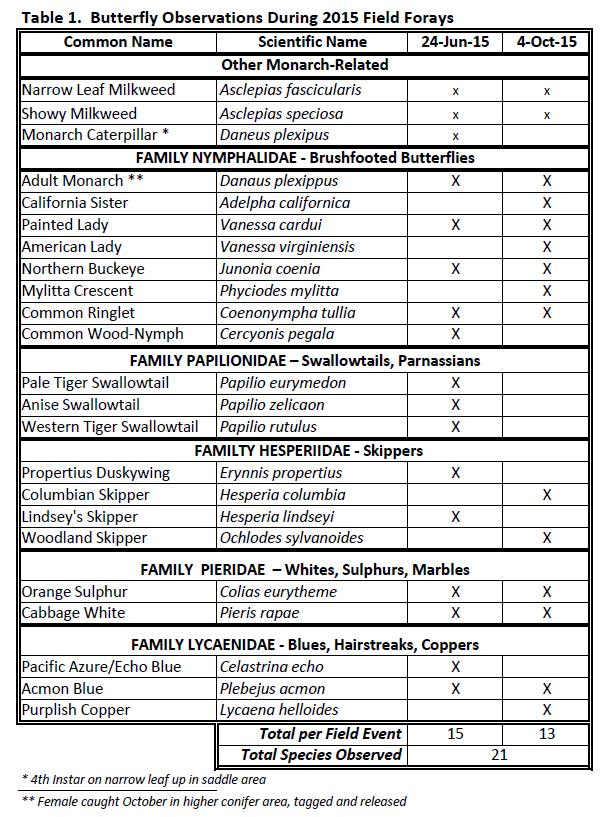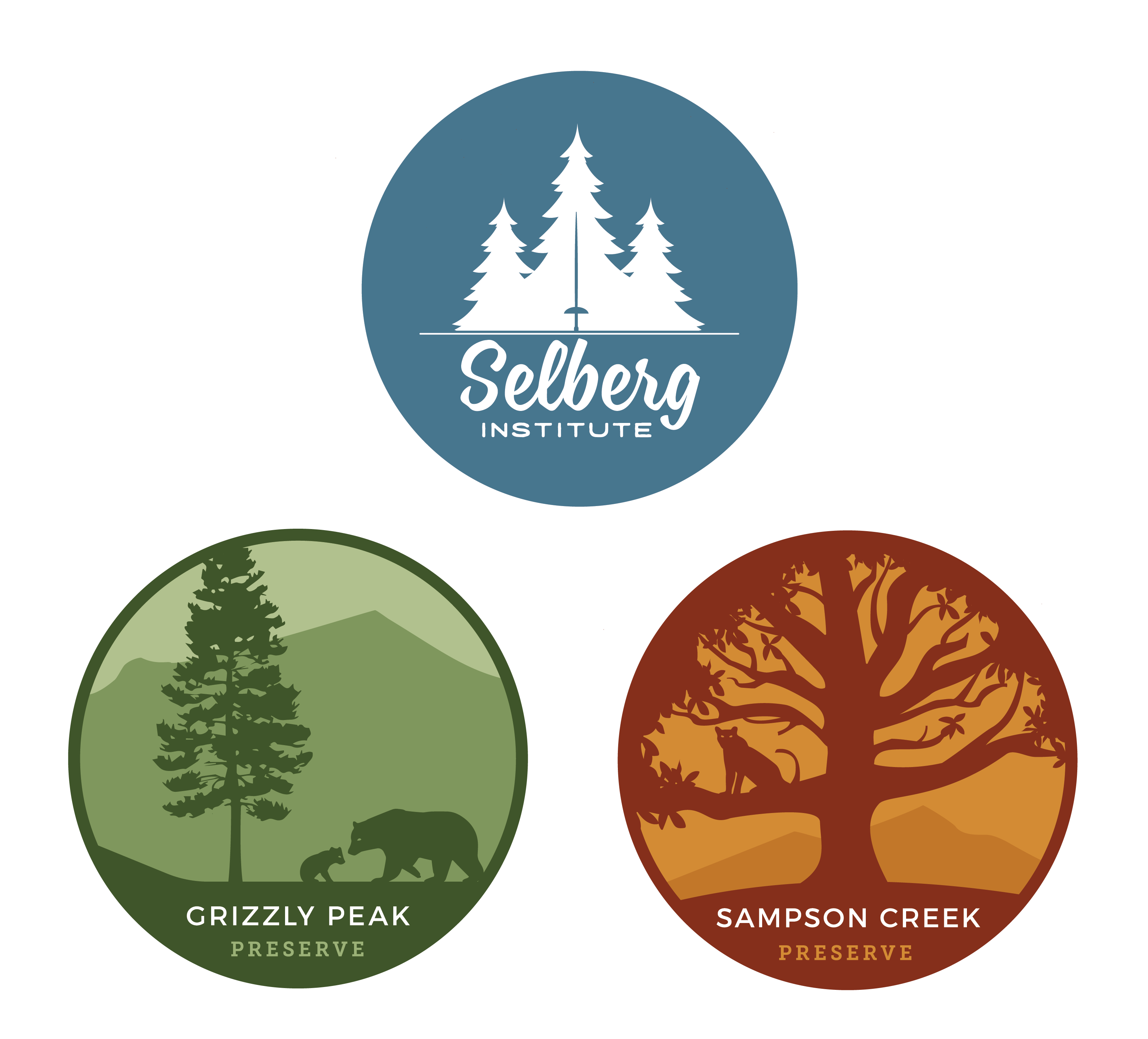Summary from a year-long citizen science inventory
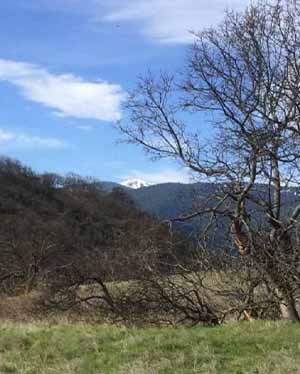
Date: August 2018
AUTHORS: Ellie E. Armstrong and Jaime L. Stephens

INTRODUCTION
In April of 2017 Klamath Bird Observatory (KBO) partnered with the manager of AMR LLC properties, the Selberg Institute, to implement a new citizen science project on the Sampson Creek Preserve. This work complemented KBO’s 2015 baseline breeding season surveys on the preserve by building the breeding species list and expanding inventory to the migration and winter seasons.
iNaturalist Sampson Creek Preserve Biodiversity Project
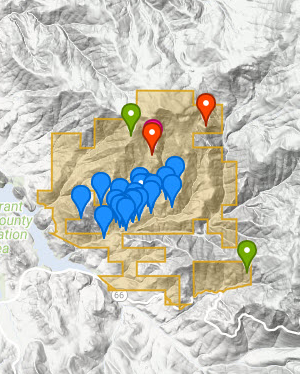
STARTED: January 2018

INTRODUCTION
The Sampson Creek Preserve Biodiversity Project was started as a way to encourage visitors to participate in meaningful citizen-science by adding their observations, contributing not only to the biological inventories of the preserve, but also highlighting the outstanding biodiversity of the greater Cascade-Siskiyou eco-region.
iNatualist is an online gathering place for naturalists to record and corroborate their findings.
An Overview of Vegetation Communities and Common Plants of the Sampson Creek Preserve
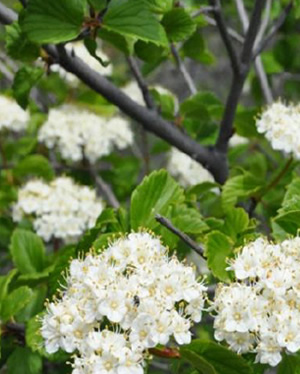
DATE: April 2017
AUTHOR: Evan Frost, M.Sc of Wildwood Consulting

INTRODUCTION
The objective of this report is to describe the dominant vegetation patterns, plant communities and common vascular plant species that occur on the Sampson Creek Preserve (hereafter abbreviated as ‘SCP’ or ‘preserve’). Plant community structure and composition on the SCP were evaluated via field surveys conducted during the spring and summer 2016. Traverses on foot were made at regular intervals across the property and used to qualitatively classify the vegetation into identifiable communities based on plant physiognomy, dominant species, landforms, disturbance history and other attributes. Based on this field assessment, a total of six primary vegetation types, most with several distinct subtypes or phases, were documented on the preserve and are described in the following sections:
Grasslands and Meadows, Shrublands, Oak Woodlands and Forests, Mixed Conifer Forests, Broadleaf Riparian Woodlands and Shrublands, Rock Outcrops and Barrens.
Sampson Creek Avian Inventory and Habitat Assessment
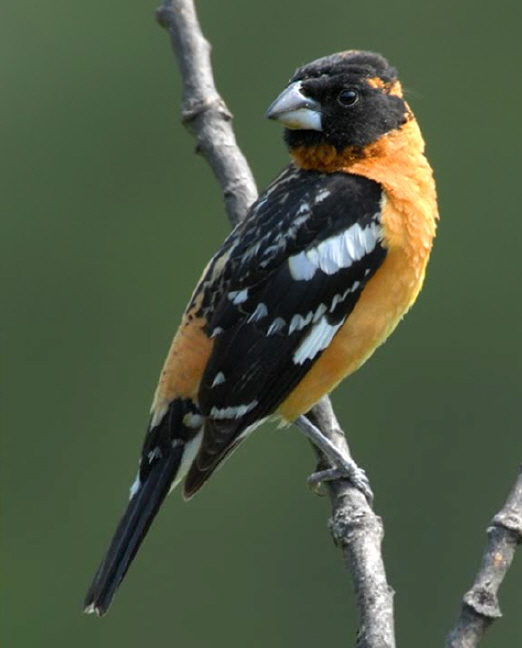
DATE: April 7, 2016
AUTHORS: Katherine E. Halstead and Jaime L. Stephens
PUBLISHER: Klamath Bird Observatory

INTRODUCTION
In 2015, Klamath Bird Observatory completed an avian inventory on a 1700 ha parcel of private property along Sampson Creek in Jackson Co., OR. The study objective was to document bird species presence and abundance on the property, and to complete a general habitat assessment. In addition to an increased understanding of the bird community on the property, birds provide excellent indicators of habitat quality. Because each bird species responds slightly differently to habitat change, birds provide a good metric for quantifying changes in an ecosystem. In this way, the 2015 monitoring will provide a baseline for future comparison as management of the property evolves (e.g., changes to grazing regime).
Moths & Butterflies of The Sampson Creek Preserve
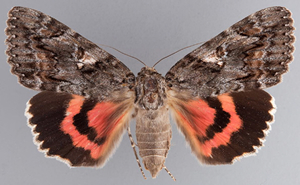
DATE: Inventory Results from 2016
AUTHOR: Dana Ross (Entomologist/Lepidoptera Specialist)
PUBLISHER

SUMMARY
The Sampson Creek Preserve was sampled for butterflies and moths during June, July and September, 2016. A grand total of 252 species were documented and included 194 macro-moths, 9 micro-moths and 49 butterflies. They are presented here as an appendix in this report. Butterflies and day-flying moths were pursued during the midday hours with an insect net. Nocturnal moths were sampled over single night periods at 10 locations during each monthly visit using battery-powered backlight traps.
While many of the butterflies and moths found were common and widespread species, some can be considered quite rare. Of particular note, are several species of moths that represent first-time records for Jackson County and others that may be new species for the state of Oregon.
Additional sampling during the next few years – to include the months of April, May, August and October, as well as additional mid-season effort – will help to establish a robust butterfly-moth species baseline for the site. Ultimately, the total number of butterflies and moths documented at Sampson Creek Preserve is expected to be in the range of 450-500 species.
FUTHER READING:
Pacific Northwest Moths
Assessment of Monarch (and other) Butterfly Habitat
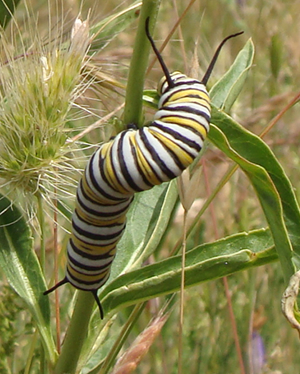
DATE: December 7, 2015
AUTHOR: Southern Oregon Monarch Advocates

BACKGROUND
Sampson Creek Preserve shares SOMA’s concern with the plight of the Monarch and other pollinator species and is interested in factoring in specific conservation measures for them. They invited SOMA volunteers to hike through the Site to make a preliminary assessment of habitat and restoration potential. This [excerpt] provides details of the field events, a summary of observations, and suggested recommendations, or next steps, for conservation.
FIELD TRIPS
Sampson Creek Preserve field trips occurred on June 24, 2015 and October 4, 2015 from 8:00 AM – 3:00 PM. The days were sunny, providing good weather for butterfly observation.
OBSERVATIONS / RESULTS
Monarch-Related
Particular attention was paid to observing milkweed (Asclepias) since it is the only thing that the monarch caterpillar eats. Milkweed was not observed in the forested area at the higher elevations. However, narrow leaf milkweed (Asclepias fascicularis) was observed growing in patches on the open saddle areas in the mid-range elevations. It appeared to grow on the top of the saddle area and was overtaken by the invasive Yellow Star Thistle (Centaurea solstitialis) along the sloping edges.
Both narrow leaf and showy milkweed (Asclepias speciosa) were observed in the lower elevation areas, both in riparian and dry upland environments. In all areas the milkweed was in strong competition with non-native invasive species, predominantly yellow star thistle and Medusahead grass (Taeniatherum).
A monarch caterpillar was observed foraging on the narrow leaf milkweed up in the saddle area during the Summer field. This was a large caterpillar in its fourth instar state (the last stage before pupating inside the chrysalis) and appeared to be in very good condition. Other signs or foraging (partially eaten leaves) were observed on some of the milkweed during both field events.
Two adult monarch butterflies were observed during the summer field event. They both were observed flying in the mid-elevation area near the saddle area. The team was unable to net them for closer observation.
One adult monarch was observed in the upper forested elevation during the fall event. It was netted and inspected. It was a healthy female in good condition. The team tagged the butterfly and released it. Given the time frame when this butterfly was observed, it was likely part of the “super generation” that flies south to overwinter all year.

Other Butterflies
A list of each of the other butterfly species observed on one or more of the field events is shown in Table 1 [below]. A fairly wide range and number of butterflies were observed; 15 different species during the summer event and 13 species during the fall event, and a total of 21 different species.
In general, it is too early to make any observations about the overall species richness. However the fall count was slightly better than expected.
The California Sister (Adelpha californica) was common (fall foray) and shows that its population is healthy where one would expect it to be (among the numerous Oregon White Oak). The late summer-fall brood of the Columbian Skipper (Hesperia columbia) has not been recorded often. That skipper is at the edge of its range in SW Oregon, being primarily a Californian species, making this observation more important.
Table 1
